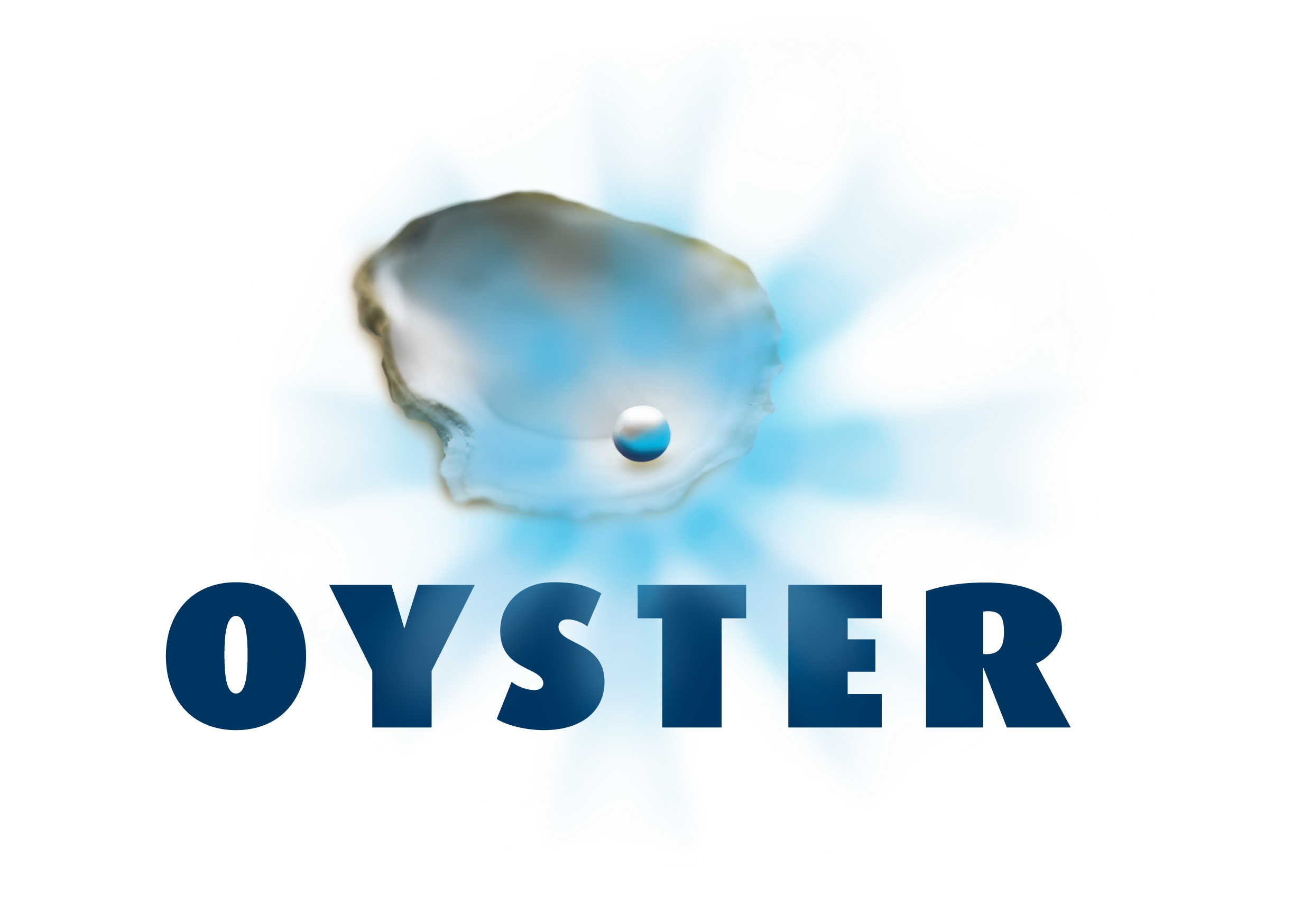Upgrade research reactor
TU Delft Reactor Institute Delft is investing constantly in better measurement methods and research techniques for groundbreaking science. This is strengthened since the completion of the OYSTER programme: Optimized Yield – for Science, Technology and Education – of Radiation. The research reactor is even more widely accessible to researchers, with greater focus, to respond to the needs of science and the market.
The cold source
The final piece of the OYSTER project is the installation and commissioning of the so-called 'cold source'. That is an element containing cold liquid hydrogen.
The cold neutron source plays a key role within OYSTER. Cooled neutrons have more interaction with a research object than non-cooled neutrons. The quality and speed of measurements with cold neutrons can therefore be improved by a factor of a hundred.
The neutron spectrograph below shows the shift from the thermal spectrum (red) to the cold spectrum (blue). Both the shift in wavelengths and the higher intensity can be seen.

